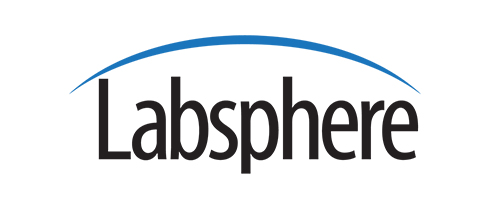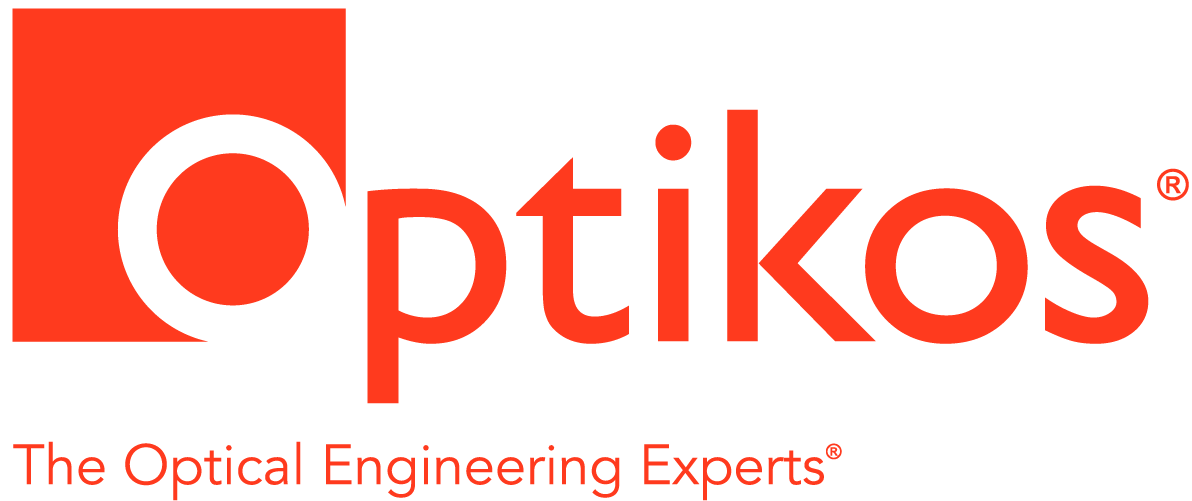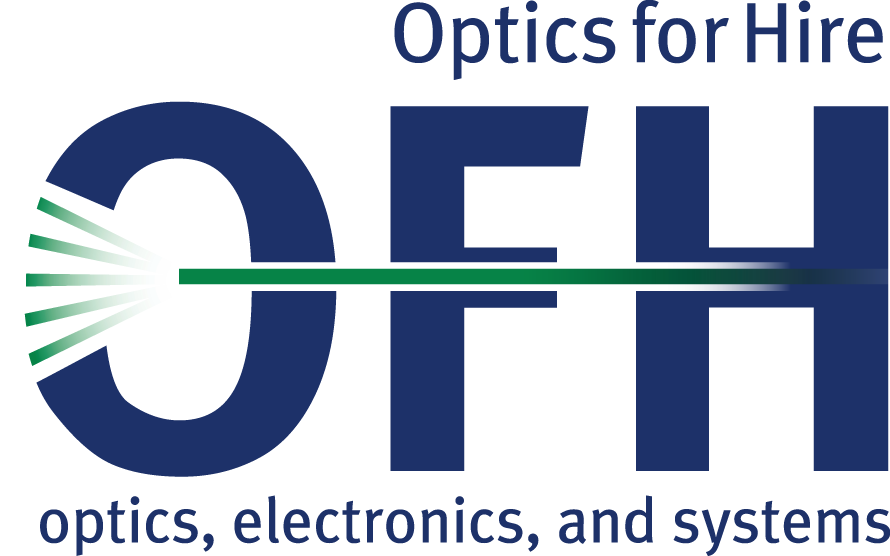Ceramic Phosphors for LED Lighting
LED light sources are beginning to displace traditional light sources at a rapid rate. This is because of their many advantages, including high efficiency, color tuning capability, compactness, low operating temperatures, high luminance, and flexibility. The ability of LEDs to achieve high luminance (high luminous flux from small source areas) is particularly intriguing and has led to the use of LEDs in applications such as projection and automotive headlamps. These applications require high luminance sources to generate collimated or carefully shaped illumination patterns because of étendue limits that any optical system must obey. Generating either high luminance white light or RGB light from direct emission from different colored LEDs is currently not feasible. The primary reason is that current direct green emitting LEDs have much lower efficiency than red or blue LEDs. This “green gap” is especially unfortunate because these wavelengths occur near the maximum of our eye sensitivity. In the case of high luminance white light sources, one must also combine RGB sources without increasing étendue. This involves complex and expensive color mixing optics. As a consequence, nearly all high luminance, high-efficiency solid-state lighting lighting (SSL) applications use phosphor conversion of highly efficient blue InGaN (and sometimes red InGaAlP) LEDs. (In fact, most SSL applications in general use phosphor conversion for similar reasons.) However, ordinary LED phosphor conversion approaches often fail in high luminance applications because of the very high thermal loads placed on the conversion material. I will discuss some of our work at OSRAM SYLVANIA on high thermal conductivity ceramic phosphor materials that have provided outstanding conversion solutions for these applications, leading to the first high performance all LED automotive headlamps and state-of-the-art green phosphor converted LED projection light sources. In addition to the their excellent thermal and material properties, I will also discuss some of the interesting optical design considerations of ceramic phosphor converted light sources, such as the influence of optical scattering in ceramics, light extraction, and color uniformity.
Alan Lenef, Osram Sylvania, Inc.
Alan Lenef is a Staff Scientist with OSRAM SYLVANIA at the Central Research and Services Laboratory in Beverly, Massachusetts, where he has been since 1995. Before LEDs become viable for lighting applications, he worked on electrode-plasma interactions in high-pressure discharge lighting. As lighting began to transition to solid-state sources, he has been working on optical properties of phosphor materials, developing new phosphor technologies and supporting the development of new phosphor materials. Alan holds an MS degree in Electrical Engineering from the University of Illinois. He received his PhD in Applied Physics from the University of Michigan in 1993 in the field of ultra-fast spectroscopy, followed by a post-doc at MIT working in the field of atom-optics.
MEETING SPONSORED BY
Reservations:
Please make reservations online. Reservations may also be left on the answering machine at 617.584.0266. We no longer have an email address for reservations due to SPAM. When making reservation requests, please provide the following information:
- DINNER AND MEETING or meeting only
- Name(s) and membership status
- Daytime phone number where you can be reached (in case of change or cancellation)
Location:
Rebeccas Cafe (Located in back of the office complex)
275 Grove Street
Auburndale, MA 02466
(617) 969-3282
Networking—5:45 PM, Dinner—6:45, Meeting—7:30 PM.
Menu:
Vegetarian option available on request
Dinner Prices:
|
Register on/before DINNER Reservation Date |
Late Reservations | |
| NES/OSA Members and their guests | $25.00 each | $30.00 |
| Non-members | $30.00 (See NOTE Below) | $35.00 |
| Students | $5.00 | $5.00 |
| Post-Docs | $15.00 | $15.00 |
NOTE: The NES/OSA has not changed dinner prices in several years but has been facing higher costs. We will maintain the current dinner prices for those reserving dinner on the requested date but still try to accommodate late reservations.
General Information on NES/OSA Meetings
Cancellations and No-shows:
If the meeting must be canceled for any reason, we will try to call you at the phone number you leave with your reservation. Official notice of cancellation will be on our answering machine.
We have to pay for the dinners reserved as of the Tuesday before the meeting, so no-shows eat into our cash reserve. If you will not be able to attend, please let us know as early as possible. Otherwise, no-shows will be billed.
Membership Rates:
| Regular members | $15.00 |
| Student members | free |
NOTE: The extra $5.00 of the non-member dinner fee can be used toward membership dues if the nonmember joins and pays dues for the current year at the meeting.




